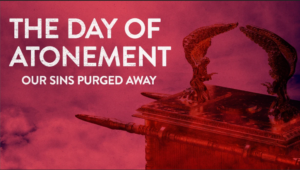Yom Kippur In Brief
What: Yom Kippur is the holiest day of the year, when we are closest to G‑d and to the essence of our souls. Yom Kippur means “Day of Atonement,” as the verse states, “For on this day He will forgive you, to purify you, that you be cleansed from all your sins before G‑d.”1
When: The 10th day of Tishrei (in 2022, from several minutes before sunset on Tuesday, October 4, until after nightfall on Wednesday, October 5), coming on the heels of Rosh Hashanah (the Jewish New Year, which is on the first and second days of Tishrei).
How: For nearly 26 hours we “afflict our souls”: we abstain from food and drink, do not wash or apply lotions or creams, do not wear leather footwear, and abstain from marital relations. Instead, we spend the day in synagogue, praying for forgiveness.
History of Yom Kippur
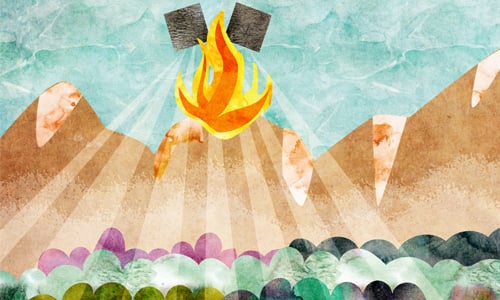
Just months after the people of Israel left Egypt in the year 2448 from creation (1313 BCE), they sinned by worshipping a golden calf. Moses ascended Mount Sinai and prayed to G‑d to forgive them. After two 40-day stints on the mountain, full Divine favor was obtained. The day Moses came down the mountain (the 10th of Tishrei) was to be known forevermore as the Day of Atonement—Yom Kippur.
That year, the people built the Tabernacle, a portable home for G‑d. The Tabernacle was a center for prayers and sacrificial offerings. The service in the Tabernacle climaxed on Yom Kippur, when the High Priest would perform a specially prescribed service. Highlights of this service included offering incense in the Holy of Holies (where the ark was housed) and the lottery with two goats—one of which was brought as a sacrifice, the other being sent out to the wilderness (Azazel).
Watch a video about Yom Kippur – click here
This practice continued for hundreds of years, throughout the time of the first Temple in Jerusalem, which was built by Solomon, and the second Temple, which was built by Ezra. Jews from all over would gather in the Temple to experience the sacred sight of the High Priest performing his service, obtaining forgiveness for all of Israel.
When the second Temple was destroyed in the year 3830 from creation (70 CE), the Yom Kippur service continued. Instead of a High Priest bringing the sacrifices in Jerusalem, every single Jew performs the Yom Kippur service in the temple of his or her heart.
What to Do Before Yom Kippur
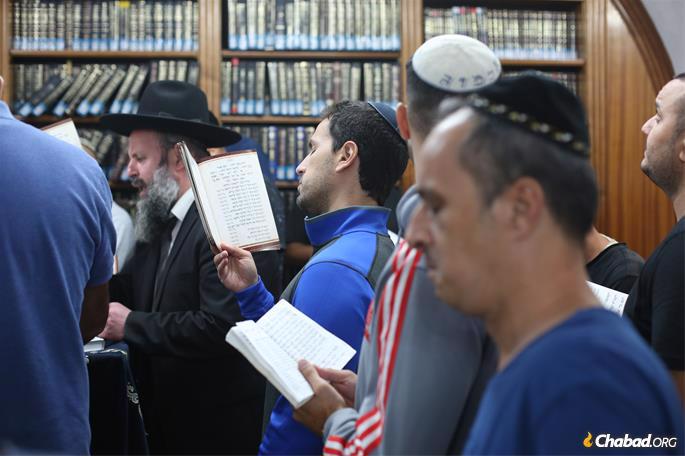
Forty days before Yom Kippur, on the first of Elul, we begin blowing the shofar every morning and reciting Psalm 27 after the morning and afternoon prayers. In Sepharadic communities, it is customary to begin saying Selichot early every morning (Ashkenazim begin just a few days before Rosh Hashanah)—building an atmosphere of reverence, repentance and awe leading up to Yom Kippur.
For the week before Yom Kippur (known as the 10 Days of Repentance), special additions are made to prayers, and people are particularly careful with their mitzvah observance.
Just as Yom Kippur is a day of fasting, the day before Yom Kippur is set aside for eating and preparing for this holy day. Here are some of the activities that we do on the day before Yom Kippur:
- Kaparot is often performed in the wee hours of this morning
- There is a beautiful custom to request and receive a piece of honey cake, so that if, G‑d forbid, it was decreed that we need be recipients, it be fulfilled by requesting honey cake and being blessed with a sweet year.
- We eat two festive meals, one in early afternoon and another right before the commencement of the fast.
- Many have the custom to immerse in a mikvah on this day.
- Extra charity is given. In fact, special charity trays are set up at the synagogue before the afternoon service, which contains the Yom Kippur Al Cheit prayer.
- Just before the fast begins (after the second meal has been concluded), it is customary to bless the children with the Priestly Blessing.
- Holiday candles are lit before the onset of the holy day. Read more about the various candles traditionally lit before Yom Kippur.
How Yom Kippur Is Observed
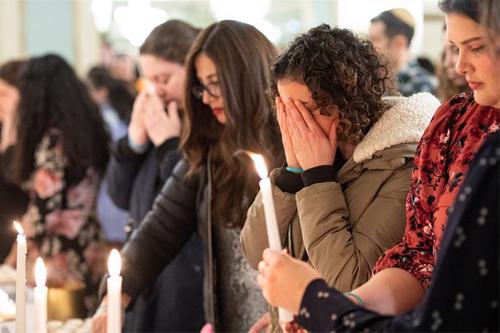
Like Shabbat, no work is to be done on Yom Kippur, from the time the sun sets on the ninth of Tishrei until the stars come out in the evening of the next day.
On Yom Kippur, we afflict ourselves by avoiding the following five actions:
- Eating or drinking (in case of need, see here and consult a medical professional and a rabbi)
- Wearing leather shoes
- Applying lotions or creams
- Washing or bathing
- Engaging in conjugal relations
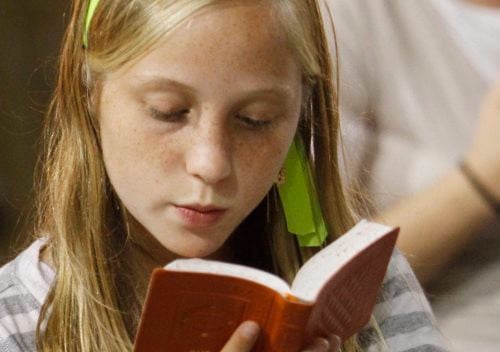
The day is spent in the synagogue, where we hold five prayer services:
- Maariv, with its solemn Kol Nidrei service, on the eve of Yom Kippur;
- Shacharit, the morning prayer, which includes a reading from Leviticus followed by the Yizkor memorial service;
- Musaf, which includes a detailed account of the Yom Kippur Temple service;
- Minchah, which includes the reading of the Book of Jonah;
- Neilah, the “closing of the gates” service at sunset, followed by the shofar blast marking the end of the fast.



